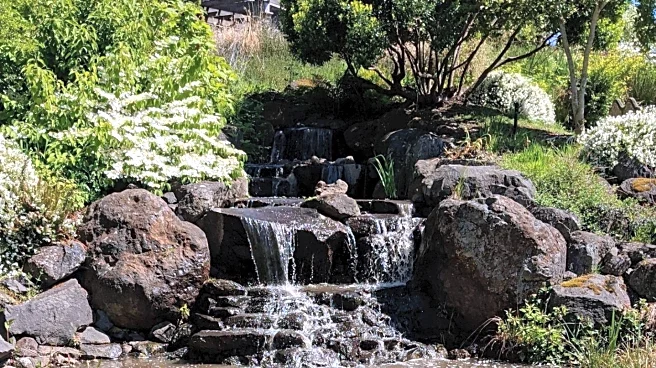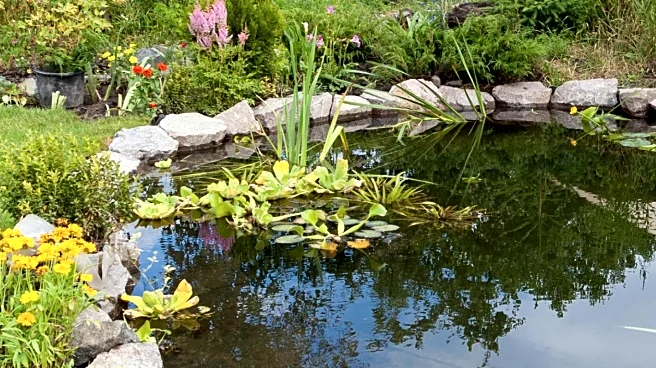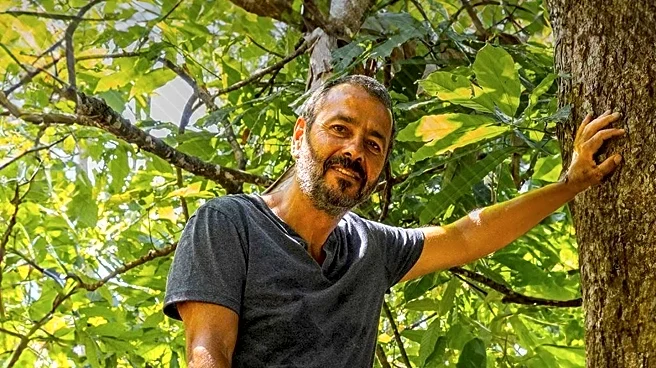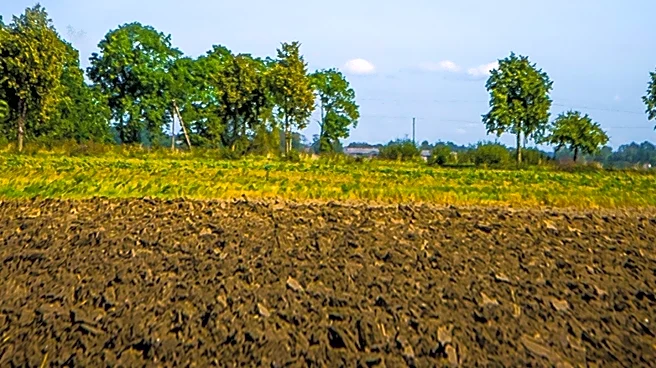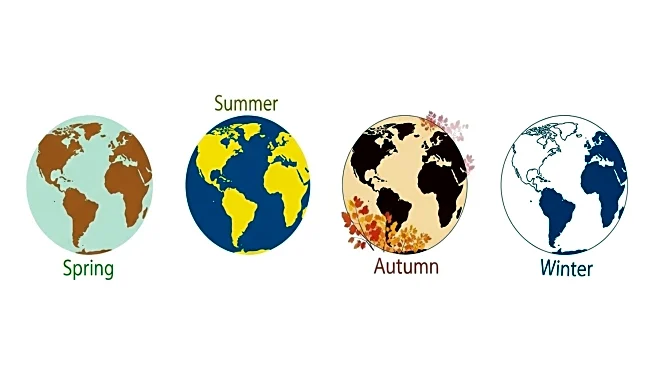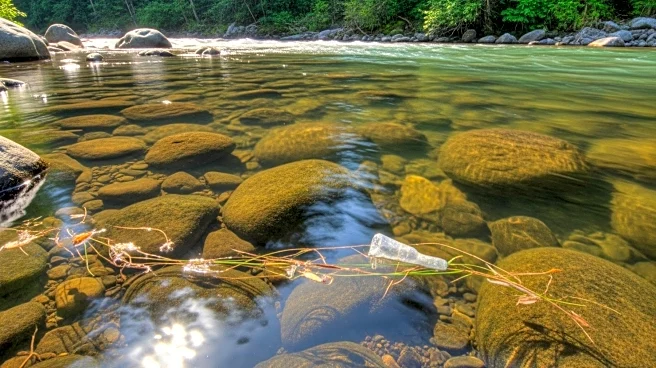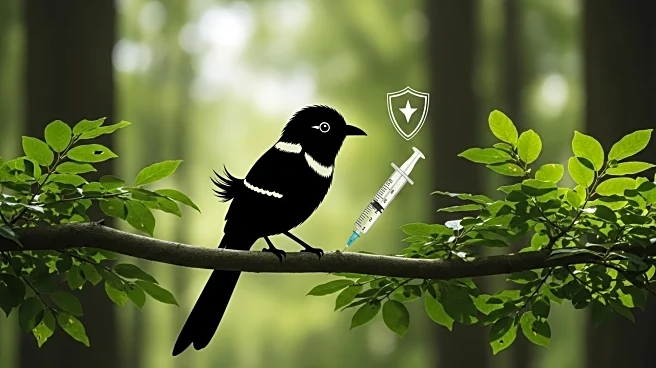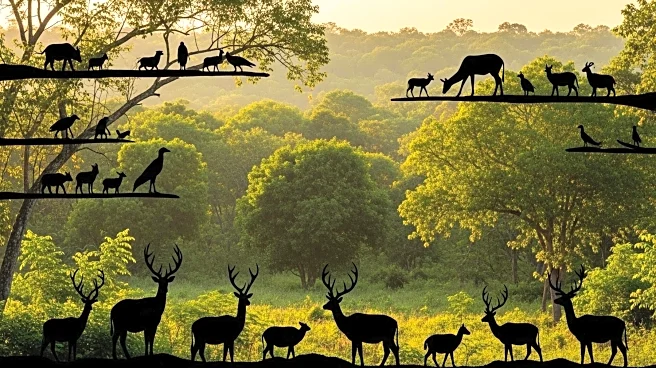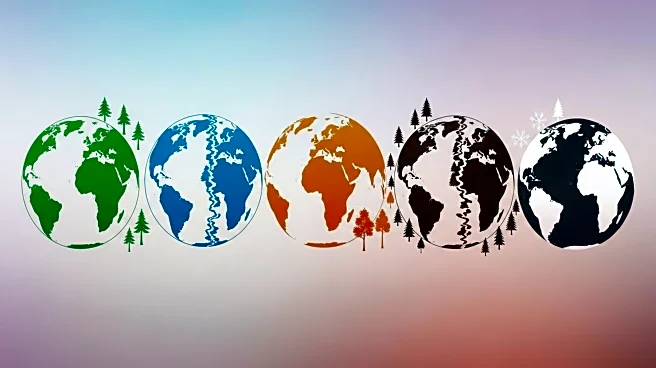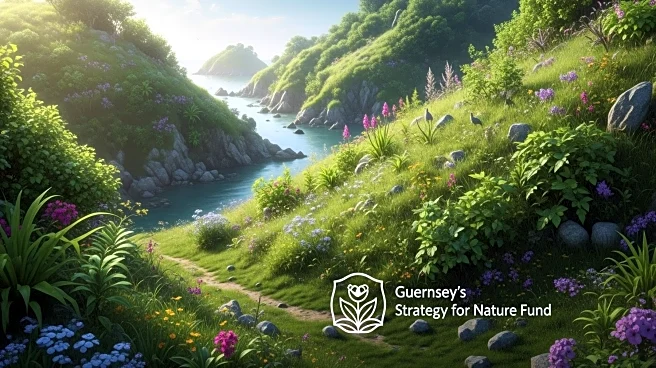What's Happening?
A column explores the sensory experience of a late-summer pond walk, emphasizing the rich biodiversity and native plant life surrounding Community Pond in Mundelein. The area features a vegetative buffer zone that supports various grasses and plants, including switch grass, big bluestem, and jewelweed. The column encourages the creation of native vegetation buffers around ponds to enhance ecological health and support local wildlife.
Why It's Important?
Native vegetation buffers play a crucial role in maintaining ecological balance, providing habitats for insects and birds, and preventing soil erosion. They contribute to biodiversity conservation and can improve water quality by filtering pollutants. Encouraging the growth of native plants around ponds can enhance local ecosystems and promote environmental sustainability.
What's Next?
Efforts to expand native vegetation buffers may involve community initiatives and educational programs to raise awareness about their benefits. Local governments and environmental organizations could collaborate to implement conservation strategies and support landowners in transitioning to native plant landscapes.
Beyond the Headlines
The cultural significance of preserving native plant species reflects a growing appreciation for natural landscapes and their role in environmental health. This movement aligns with broader conservation efforts and highlights the importance of community engagement in ecological preservation.
